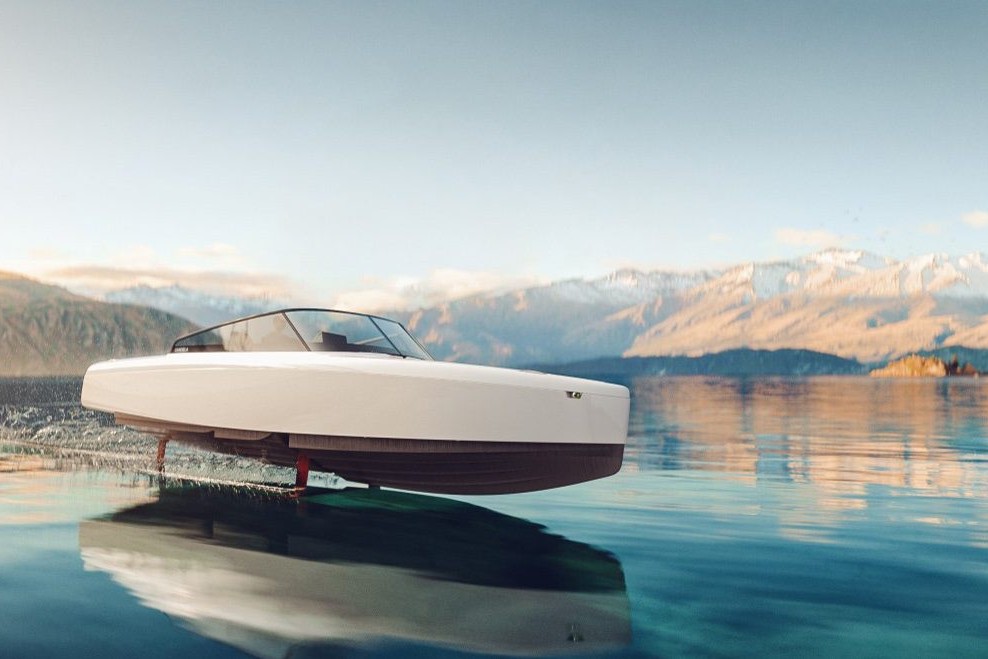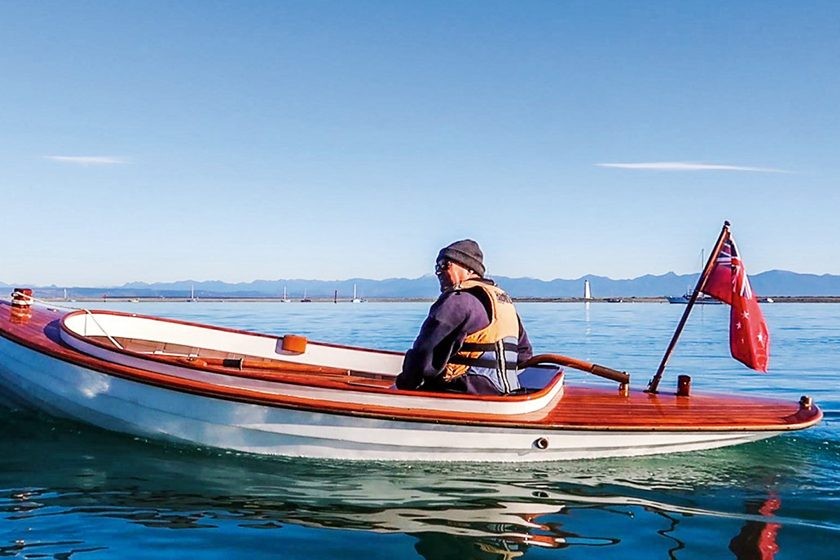Highfield E330 ZeroJet into SCIBS 2024
There’s no exhaust fumes from outboard engines, all you can hear is the water and the wind.
ALL-ELECTRIC CAT DAYBOAT
The new 7.76-metre GRP model has already sold 100 units to a European client who runs a charter company.
Sunreef 60 E voted Best Electric
The Sunreef 60 E is an all-electric luxury yacht belonging to the Sunreef Yachts Eco range of sustainable catamarans.
The Duck that wouldn’t die
The little clinker’s been fitted with numerous propulsion systems over the years but, tantalisingly, the research suggests she was first…
Thrust you can afford
A casual examination of boats in a marina usually reveals a litany of battlescars – scrapes and dings sustained during tricky berthing…






